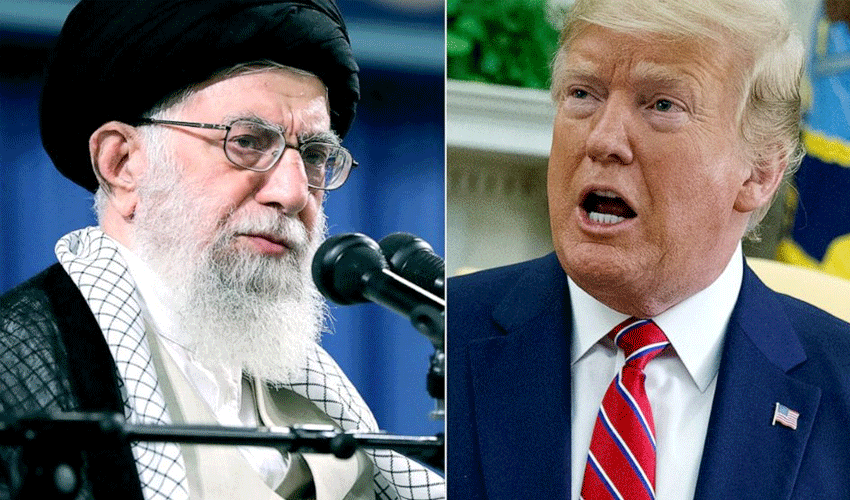Khurram Khan

Since its Independence India has been harbouring the ambition of influence not only in South Asia but on the global stage. Jawaharlal Nehru India’s first prime minister and foreign minister, in a speech in March 1949 stated that it was inevitable for India to play an important global role ‘not because of any ambition of hers, but because of the force of circumstances, because of geography, because of history’. Indian ostensible foreign policy as framed by Nehru was resisting colonialism, imperialism, and racism. It advocated the principles of Panchsheel of peaceful coexistence after signing a peace treaty with the People’s Republic of China. India in the formative years championed the cause of nonalignment when the world was divided into Western and Communist Blocs during the Cold War.
The early bonhomie of India China friendship epitomised in the slogan ‘Hindi Chini Bhai Bhai’ evaporated in 1962 when the two countries had border skirmishes. The relations between the two countries had gone sour in late 1959 when India gave asylum to the fleeing Dalai Lama after the Tibetan uprising that brought the area under Chinese control. Straining of Sino-Soviet relations in the late 1950s had its impact on Sino-Indian relations.
In 2020, India provoked the Chinese by constructing a road along Line of Actual Control (LAC). In June that year soldiers of both the countries clashed in Galwan valley with fists and batons that resulted in the death of 20 Indian and 4 Chinese soldiers. The flurry of diplomatic and military activity followed suit to de-escalate the situation. In September 2020 after 45 years both the armies blamed each other for firing warning shots on the south bank of Pangong Tso along LAC on Tibet-Arunachal Pradesh border.
India’s foreign policy shift was discernible after the fall of the Soviet Union. It established close strategic relations with the USA and its western allies. The shift became pronounced after the BJP government came into power. Under Prime Minister Narendra Modi, the close strategic partnership between the two countries has reached new heights.
Economic, political, and military power of China and its growing influence in the Asia-Pacific region alarmed the US and its allies Japan, South Korea, and Philippines. The Quadrilateral Security Dialogue called Quad comprising USA, Japan, Australia, and India aims to restrict the ever-growing Chinese dominance in the Asia Pacific region.
Recent diplomatic row between India and Canada over assassination of Sikh separatists in Canada and insistence of USA calling upon Indian government to investigate similar allegations against Indian officials has strained relations of two governments of Five Eyes with India. Vigorous pro-Khalistan campaign in the western countries like the USA, UK, Canada, and Australia has upset the Indian government so much that it planned and conducted assassination and attempted killing of Khalistan elements in those countries.
India was struck with bewilderment and shock by the abrupt ouster of pro-India government of Sheik Hasina Wajid in Bangladesh and its replacement with a pro-US dispensation indicating that the goodwill of the West for India is not deep rooted.
Failure of BJP to muster a simple majority in the general elections in April 2024 has smashed the notion of its invincibility though it was able to cling to power thanks to its long-standing allies in the National Democratic Alliance. The emergence of Rahul Gandhi, scion of Nehru family as leader of the Opposition in Lok Sabha has catapulted him as viable replacement of Narendra Modi and his extremist Hindutva party – BJP. His subsequent visit to the USA in September 2024 seems to be an exercise to win recognition of the West.
In back-to-back SCO and BRICS conferences, India has indicated some alignment with the narrative of Russia and China. In the joint statement after a meeting between Indian Prime Minister Narendra Modi and Chinese President Xi Jinping on the sidelines of BRICS summit in Kazan (Russia), both the countries agreed to supervise management of border areas that had witnessed tension in 2020 for “reasonable and mutually acceptable solution to the boundary question”. The statement further affirmed that “stable, predictable, and amicable bilateral relations” between the two countries would contribute to “a multipolar Asia and a multipolar world.” Does it mean that China ceded to India a role along with itself in deciding the affairs in Asia in return of Indian concession of global Chinese role.
All these seemingly unrelated developments point towards a pattern that has put the Indian government in a predicament whether to put all her eggs in the basket of unpredictable western allies or chart its own course striking collaborative relationship with China and Russia, while maintaining strategic relationship with the US.
The author is a former Joint Director General, Intelligence Bureau.



